Garlic
The garlic, scientifically known as Allium sativum, is a perennial plant that belongs to the Allium genus. It is primarily grown for its bulbs, which are composed of multiple individual cloves. Here are some key aspects of the garlic plant:
- Growth and Appearance: Garlic plants typically grow from bulbs planted in the soil. The plant has long, flat, and slender leaves that emerge from the base of the plant. The leaves are green in color and can reach a height of about 12 to 18 inches (30 to 45 centimeters).
- Bulb Formation: Garlic plants produce underground bulbs, which are divided into separate cloves. The bulbs develop as the plant grows and matures. Each clove can give rise to a new garlic plant when planted.
- Cultivation: Garlic is cultivated in a wide range of climates and can be grown both in the ground and in containers. It prefers well-drained soil with plenty of organic matter. Garlic is typically planted in the fall (autumn) to allow for a long growing season. It requires a period of cold temperatures to stimulate bulb formation.
- Varieties: There are numerous garlic varieties available, which can differ in flavor, bulb size, and bulb color. Common types include softneck garlic (e.g., artichoke and silverskin varieties) and hardneck garlic (e.g., rocambole and porcelain varieties). Different varieties may have varying levels of pungency and storage characteristics.
- Harvesting: Garlic is ready to be harvested when the leaves start to yellow and dry out. This usually occurs in late spring or summer, depending on the planting time and variety. The bulbs are carefully dug up from the soil, and excess dirt is removed. The harvested bulbs need to be cured by allowing them to dry in a warm, dry, and well-ventilated area for several weeks. This curing process helps improve the shelf life and flavor of the garlic.
- Culinary and Medicinal Uses: Garlic bulbs are widely used as a culinary ingredient due to their strong and distinctive flavor. They can be used in various dishes, such as sauces, soups, stews, and roasted vegetables. Garlic is also believed to have medicinal properties and has been used in traditional medicine for its potential antimicrobial, antioxidant, and anti-inflammatory effects.
Garlic holds a significant place in natural health and has been used for centuries for its therapeutic properties. In natural health, garlic is considered to have warming and pungent qualities and is associated with the Lung and Spleen meridians. Here are some common uses of garlic in natural health:
- Promoting Circulation: Garlic is believed to promote blood circulation and is often used to address conditions related to stagnant or constricted blood flow. It is considered beneficial for individuals with cold hands and feet, poor circulation, or menstrual irregularities due to blood stasis.
- Expelling Cold and Dampness: Garlic is thought to have warming properties that can help dispel cold and dampness from the body. It may be used to alleviate symptoms such as cold limbs, abdominal pain, and joint stiffness caused by these pathogenic factors.
- Boosting the Immune System: Garlic is valued in natural health for its potential immune-enhancing properties. It is believed to support the body's defense mechanisms, helping to ward off external pathogens and strengthen the Wei Qi (protective energy) to prevent illness.
- Resolving Phlegm: Garlic is often used to address conditions involving phlegm accumulation in natural health. It is believed to have expectorant properties that can help disperse phlegm and relieve coughs associated with excess mucus production.
- Supporting Digestion: Garlic is considered beneficial for digestion in natural health. It is thought to stimulate the Spleen and Stomach meridians, promoting healthy digestion and the assimilation of nutrients. Garlic may be used to alleviate symptoms such as poor appetite, bloating, and indigestion.
- Detoxification: Garlic is believed to have detoxifying properties and may be used to support the body's natural detoxification processes. It is thought to help eliminate toxins and cleanse the body.
Garlic nutritional benefits
Garlic is not only valued for its flavor and culinary uses but also for its nutritional benefits. While the specific nutrient content can vary depending on the variety and preparation method, here are some of the key nutritional components and potential health benefits of garlic:
- Nutrient Profile: Garlic is low in calories but rich in essential nutrients. It contains vitamins, minerals, and bioactive compounds. Some of the nutrients found in garlic include vitamin C, vitamin B6, manganese, selenium, and small amounts of calcium, potassium, and phosphorus.
- Antioxidant Properties: Garlic contains sulfur compounds, including allicin, which is responsible for its distinct aroma and potential health benefits. These compounds have antioxidant properties that help protect cells from oxidative damage caused by free radicals. Antioxidants play a role in reducing the risk of chronic diseases such as heart disease and certain types of cancer.
- Cardiovascular Health: Garlic has been extensively studied for its potential cardiovascular benefits. It is believed to have several mechanisms that may help lower the risk of heart disease. Garlic may help reduce total cholesterol and LDL (bad) cholesterol levels, lower blood pressure, and improve blood circulation. These effects may contribute to the maintenance of cardiovascular health.
- Immune System Support: Garlic is known for its potential immune-enhancing properties. It has been traditionally used to support immune function and fight off infections. Garlic contains compounds that may stimulate the activity of certain immune cells and enhance the body's defense mechanisms.
- Anti-inflammatory Effects: Chronic inflammation is associated with various health conditions, including cardiovascular disease, arthritis, and certain cancers. Garlic contains bioactive compounds that have anti-inflammatory properties, potentially helping to reduce inflammation in the body.
- Potential Antimicrobial Properties: Garlic has been used for centuries as a natural remedy for infections. It contains compounds with antimicrobial properties, including against bacteria, viruses, and fungi. Although further research is needed, garlic has shown potential in fighting certain pathogens and supporting the immune system in combating infections.
It's important to note that while garlic has potential health benefits, it should not be used as a replacement for medical treatment. If you have specific health concerns or conditions, it's always advisable to consult with a healthcare professional for personalized advice.
Garlic pharmacological action
The pharmacological actions of garlic are the effects that it has on the body at a molecular and physiological level. Here are some key pharmacological actions associated with garlic:
- Antimicrobial Action: Garlic exhibits antimicrobial activity against a wide range of microorganisms, including bacteria, viruses, fungi, and parasites. The organosulfur compounds in garlic are believed to play a role in inhibiting the growth and survival of these pathogens.
- Antioxidant Activity: Garlic contains compounds with antioxidant properties, which help protect cells from oxidative damage caused by free radicals. Antioxidants neutralize harmful molecules and may reduce the risk of chronic diseases and promote overall health.
- Anti-inflammatory Effects: Garlic exhibits anti-inflammatory properties by suppressing the production of inflammatory mediators and enzymes. This action may help reduce inflammation in the body and contribute to the management of conditions associated with chronic inflammation.
- Cardiovascular Effects: Garlic has been studied for its potential cardiovascular benefits. It may help reduce cholesterol levels, particularly LDL (bad) cholesterol, and decrease blood pressure. Garlic also exhibits vasodilatory effects, helping to relax and widen blood vessels, which can improve blood flow and circulation.
- Immunomodulatory Activity: Garlic is known for its immunomodulatory effects, meaning it can modulate or regulate the immune response. It has been found to enhance immune function by stimulating the activity of immune cells, promoting the production of antibodies, and supporting overall immune system function.
- Antiplatelet and Anticoagulant Effects: Garlic has been reported to possess mild antiplatelet and anticoagulant properties. It may help inhibit platelet aggregation and reduce the formation of blood clots, potentially contributing to the prevention of cardiovascular events.
- Anticancer Potential: Garlic and its bioactive compounds have been investigated for their potential in preventing and inhibiting the growth of certain types of cancer cells. Some studies suggest that garlic may have chemoprotective effects and inhibit tumor growth through various mechanisms, including antioxidant and anti-inflammatory actions.
It's important to note that while garlic has shown promise in these areas, further research is needed to fully understand its pharmacological actions and their clinical implications. Additionally, individual responses to garlic may vary, and it's advisable to consult with a healthcare professional for personalized advice and guidance, particularly if you have any underlying health conditions or are taking medications.
In Person With Heshoutang Natural Health Members
With Heshoutang Natural Health Online Members
Fill Out the Questionnaire by yourself
How to plant garlic
Planting garlic is a straightforward process that can be done in a few simple steps. Here's a general guide on how to plant garlic:
- Selecting Garlic Bulbs: Choose healthy garlic bulbs for planting. Look for bulbs that are firm, with unblemished cloves. You can purchase garlic bulbs from garden centers, nurseries, or even use garlic bulbs from your kitchen, as long as they are suitable for planting.
- Preparing the Soil: Garlic thrives in well-drained soil with plenty of organic matter. Before planting, loosen the soil and remove any weeds or debris. It's also beneficial to incorporate compost or well-rotted organic matter into the soil to improve its fertility and structure.
- Breaking Apart the Bulbs: Break the garlic bulbs into individual cloves, being careful not to damage them. Each clove will grow into a new garlic plant. Larger cloves tend to produce larger bulbs, so you may choose to plant the larger cloves for a more substantial harvest.
- Planting the Cloves: Dig small holes or furrows in the prepared soil, ensuring they are deep enough to accommodate the cloves. The general rule of thumb is to plant garlic cloves about 2-3 inches (5-7.5 centimeters) deep, with the pointed end facing up. Space the cloves about 4-6 inches (10-15 centimeters) apart, and leave about 12-18 inches (30-45 centimeters) between rows.
- Covering and Mulching: Gently cover the cloves with soil, firming it around them to ensure good soil-to-clove contact. After planting, you can apply a layer of organic mulch, such as straw or leaves, to help suppress weed growth, conserve moisture, and insulate the soil.
- Watering and Maintenance: Garlic prefers consistent moisture but does not like to be overly saturated. Water the newly planted cloves thoroughly after planting and maintain consistent moisture throughout the growing season. However, be cautious not to overwater, as garlic bulbs may rot in waterlogged conditions.
- Harvesting: Garlic typically takes several months to mature. The timing of harvest will depend on the variety and growing conditions. As the garlic plants mature, the leaves will start to yellow and dry out. When about half of the leaves have turned yellow, it's time to harvest. Gently dig up the bulbs, being careful not to damage them, and allow them to cure by drying in a warm, dry, and well-ventilated area for a few weeks.
Remember, these are general guidelines, and specific planting instructions may vary based on your climate, garlic variety, and local conditions. It's always a good idea to consult local gardening resources or experienced gardeners in your area for more specific guidance.
When you subscribe to the blog, we will send you an e-mail when there are new updates on the site so you wouldn't miss them.

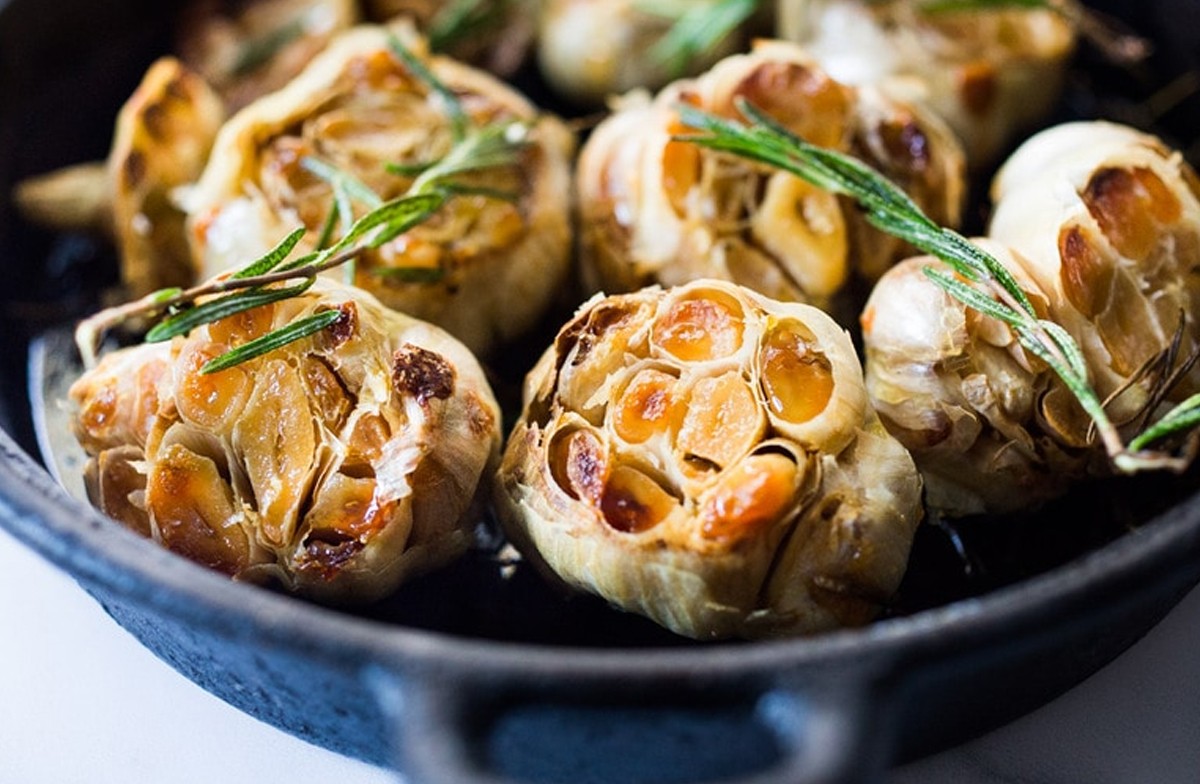
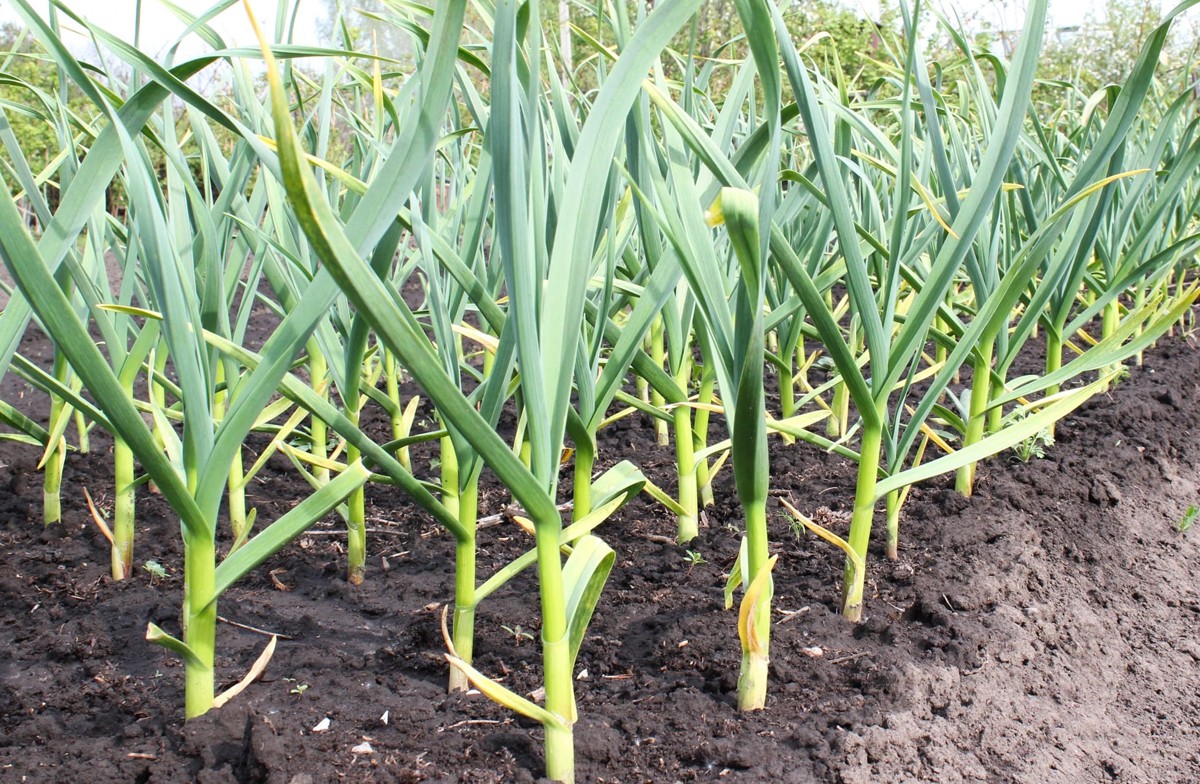
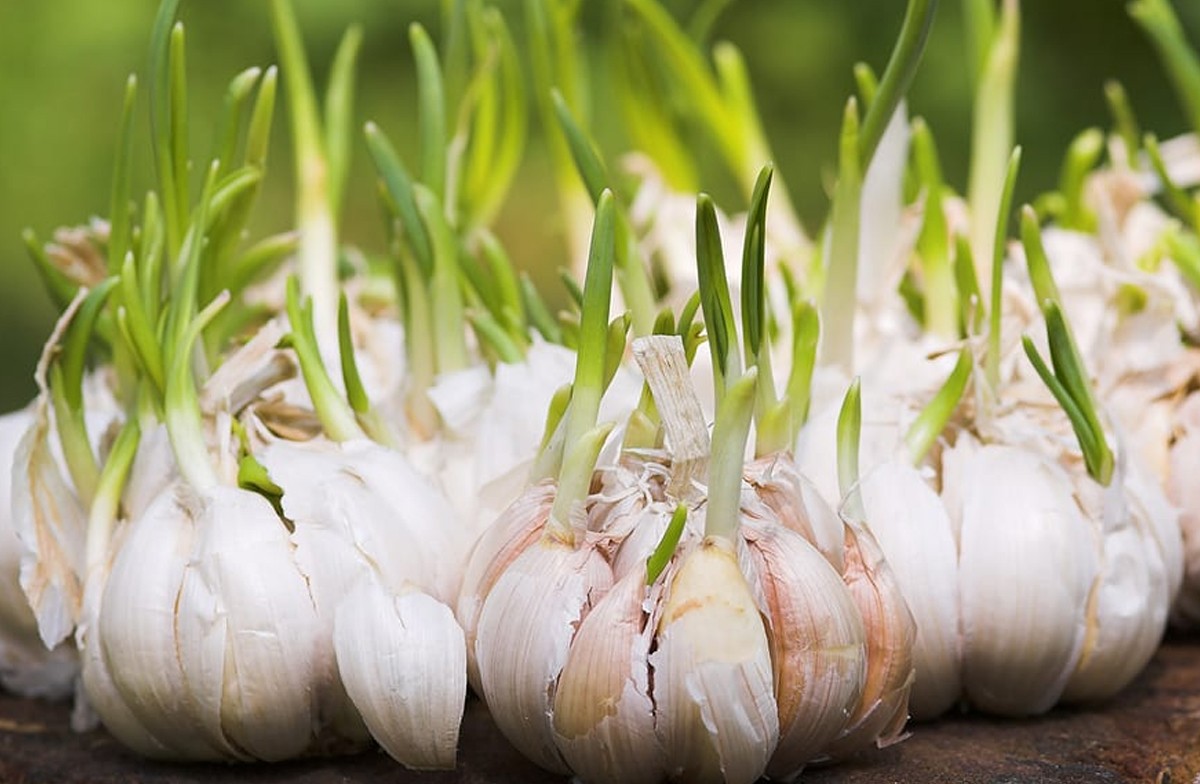
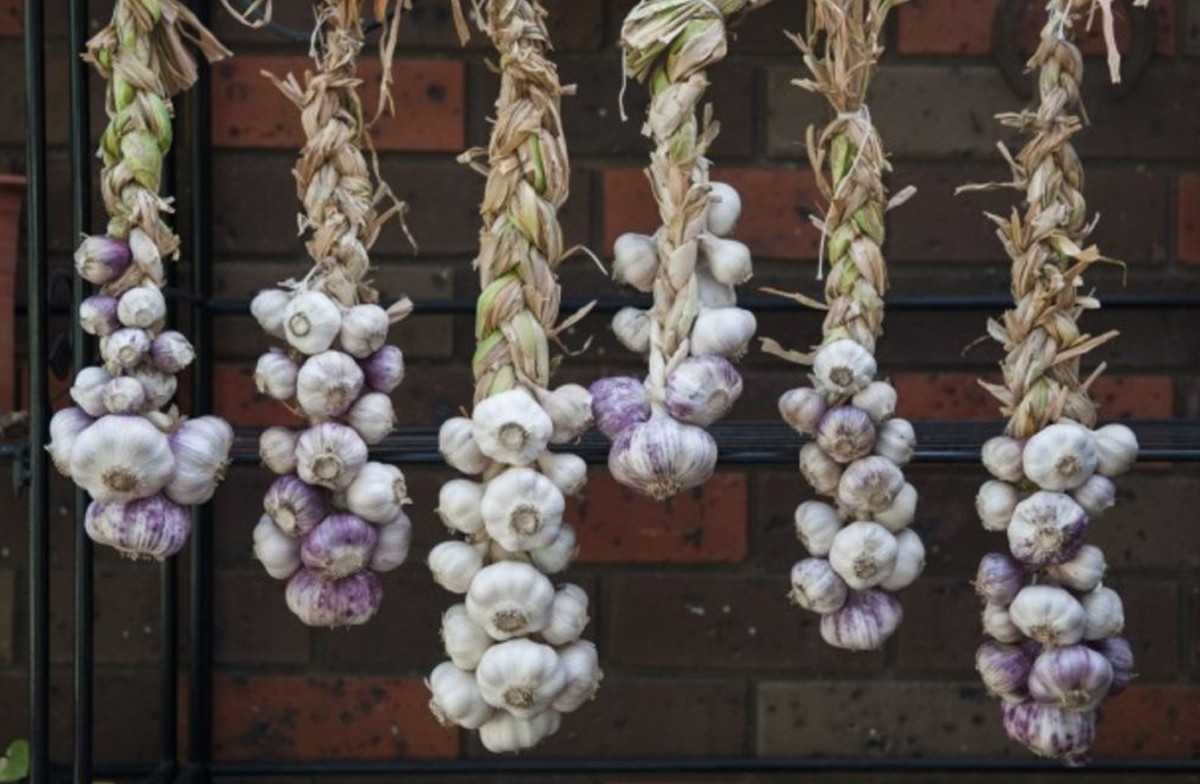
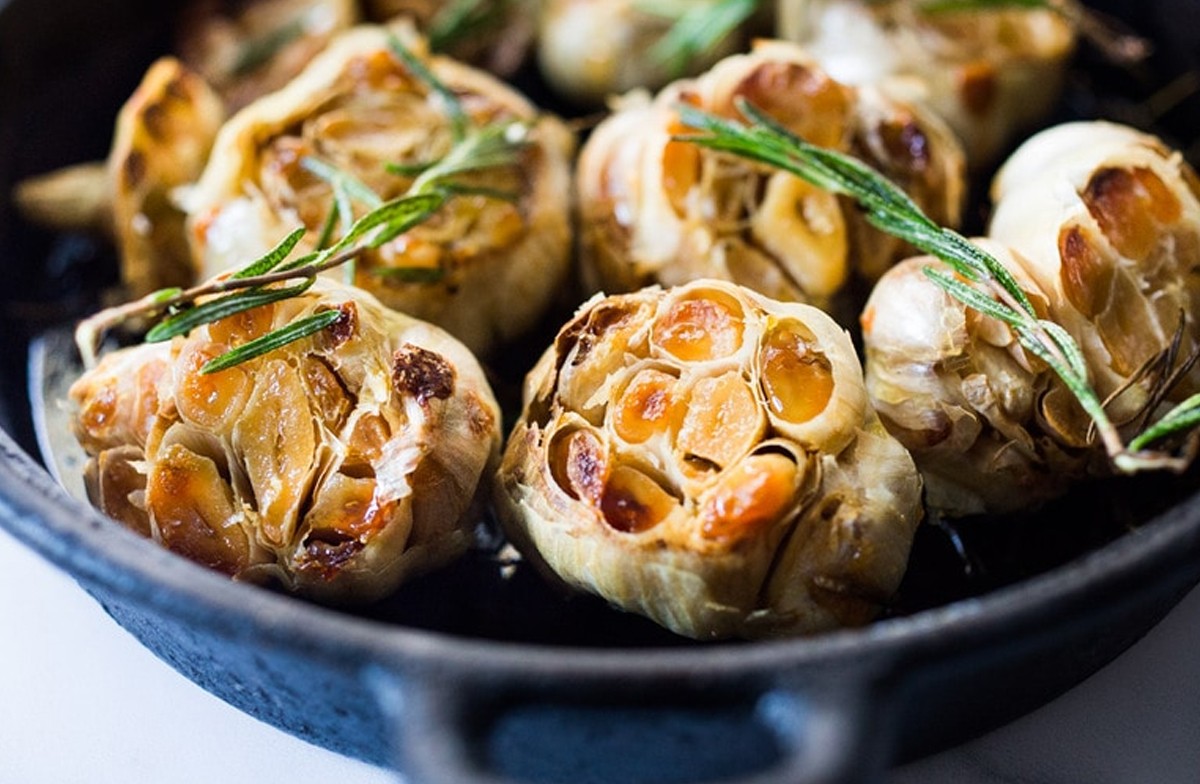












Comments